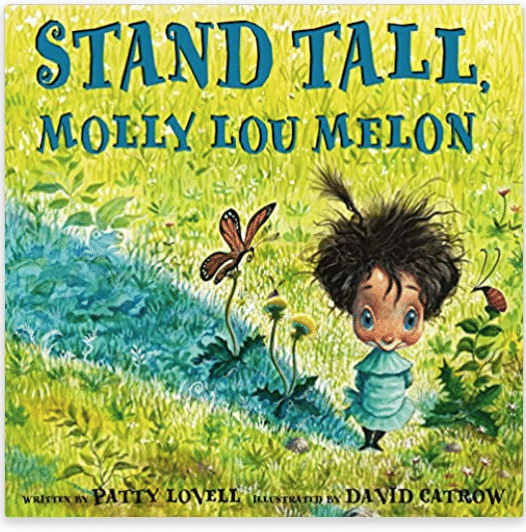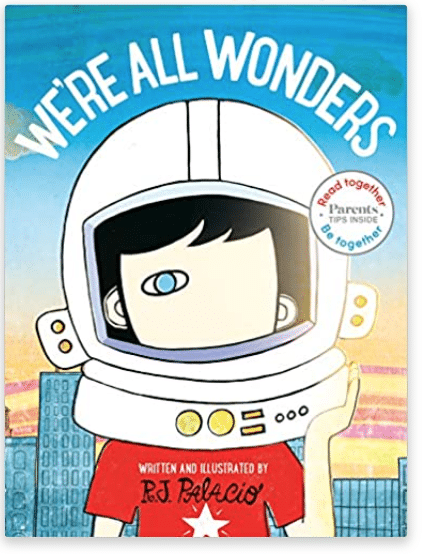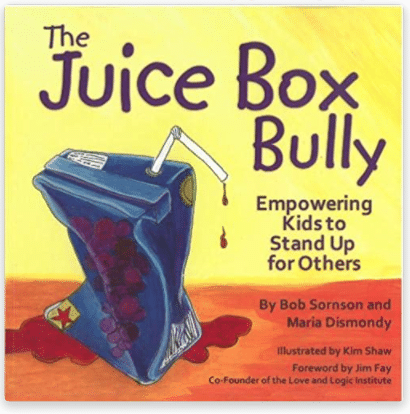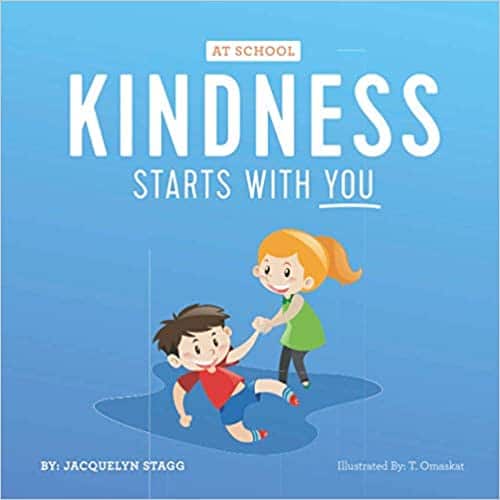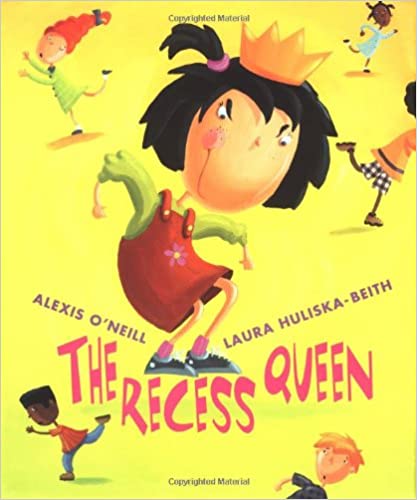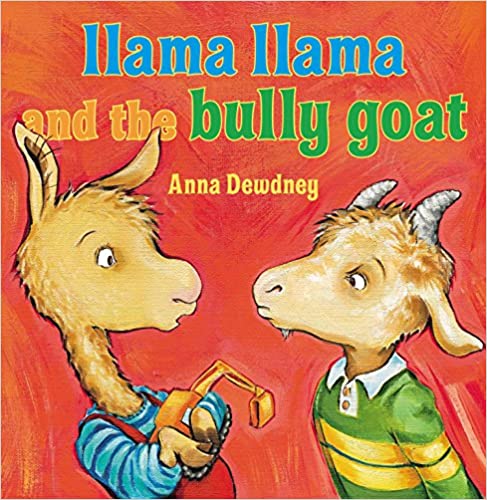
by California Casualty | Educators |
Throughout the past year, teaching a class without actually being in a physical classroom has been one of the most difficult adjustments for teachers and students alike. Through hard work and perseverance, teachers have learned to adapt their teaching methods and find new ways to help their remote students in their online environment, but unfortunately, some students are still falling behind.
If you have virtual learners that are struggling, here are a few ways you can give your students a helping hand.
Promote Community in the Virtual Classroom
Our brains are wired to be social, so the sudden lack of communal interaction can be extremely difficult – especially considering the minds of developing children. It’s vital to do everything you can to make your virtual classroom a safe space where they feel a sense of togetherness. This in turn will help them stay engaged.
Adding more group-oriented work to your lesson plans will also encourage students to communicate more actively with each other as they work to achieve a common goal as a team. Likewise, discussion-based activities can motivate students to voice their opinions and hear others, like they would if they were together in the classroom.
Give Students a Choice
No two students will react the same to a given project. Rather than demanding they stick to a strict rubric, allow them the freedom to pursue a presentation of their choice around a lesson or topic. While an essay may work for Bobby, his classmate Suzy would much rather design a PowerPoint to show off her technical skills. Finding a balance between ensuring the curriculum is taught and letting students demonstrate their own understanding of their knowledge is an easy way you can help your students succeed.
Encourage Their Individuality
Unlike a physical classroom, there’s no opportunity in virtual learning for students to have a space that feels like their own. While they’re away from their desks, encourage your students (or their parents) to create a dedicated space at home that they can make their own.
It could include anything from decorating their own backdrop with relevant posters or scenery, to filling the space with personalized items, or even using the customizable background feature on programs like Zoom (responsibly and appropriately). All of these will help promote a sense of self and bring them into “learning mode”, rather than just feeling like another day spent indoors.
Communicate With Parents
While you may already keep in touch with your student’s parents often, during virtual learning it’s as important as ever to keep mom and dad in the loop- especially if their child is struggling. With more parents helping with homework and projects these days, it’s important to always keep an open line of communication (during a set number of hours) for parents to contact you with questions and concerns. If you see a child that is starting to fall behind, reach out to their parents to see how they are doing with their work at home. For students that continue to struggle, set up a virtual meeting where you can all get together and go over solutions.
Most importantly, reassure your students that even though they may feel alone, we are all on this virtual journey together.
For more virtual learning tips click here. Have your own ideas on how to help students struggling with virtual learning? Comment below!
This article is furnished by California Casualty, providing auto and home insurance to educators, law enforcement officers, firefighters, and nurses. Get a quote at 1.866.704.8614 or www.calcas.com.

by California Casualty | Travel |
As the weather warms up and the open road calls out, spring break fever is in full gear! But just like last year, everyone’s 2021 spring vacation will need to be a spring safe-cation, complete with social distancing and other safety measures.
Worry not, we’ve gathered up 10 great and safe outdoor destination ideas for you and your family — because you deserve some fun after a full year of quarantining, putting big travel plans on hold, and converting your whole life to zoom.
Get out there and enjoy your break! Here are fun 10 safe-cation ideas.
1. Rent a cabin. Lake? Mountains? Beach? Take your pick. Break out a map and check out destinations within a few hours’ driving distance. Choose based on what you want to do while you’re there (hiking, fishing, small-town strolling or just relaxing on the property). Ask the rental or property owner about their cleaning policies and review other guests’ reviews. Once you arrive, do your own sanitizing of high-touch surfaces just for peace of mind.
2. Get your hike on. Springtime is hiking heaven. Ocean, forest, desert, or something in between? Take a family vote. You could go for day hiking adventures or book a longer backpacking or trekking tour. Check with tour companies, many of which are open. If doing the former and you want to hike in local, state, or national parks, definitely check the parks’ websites to see about closures and safety precautions.
3. Hit the bike path – on or off-road! As with hiking, you could choose more casual daily biking from a central spot, such as a rental cabin, or book with a bike touring company. If going for the latter and your family isn’t already in biking shape and has equipment, start training ahead of time.
4. Check out local (hidden) gems. Stay home and make a series of day trips to local destinations. There are probably plenty of places you’ve said you wanted to visit but have never had time to. These could be local geologic wonders, tucked-away waterfalls, wildflower spots, or hiking peaks. Keeping it local means you can fall asleep each night in your own bed – while keeping your activities both safe and affordable.
5. Climb some rocks. Maybe your kids were just getting into rock/wall climbing when the pandemic hit? Or maybe you were the aspiring rock climber! Either way, climbing rocks outdoors is great for exercise, mental agility, and family bonding time. Check to see if there are local destinations that have rock features, or you could travel by car to destinations a bit farther away.
6. Giddyup! Any riders in the family? Horseback riding is a great way to take in the grandeur of the great outdoors. Check out pack train outfits and guest ranches. The former usually entail a several-day trip on horseback, complete with camping in your own tent and prepared food. The latter is a bit more luxurious, with hotel-like accommodations and daily rides on or off the ranch grounds. Many times beginners are welcome!
7. Go fish. Another favorite American pastime! Find a river and you can find fish. As with hiking and biking, you can plan and prep your own trip or go with an outfit. Kind of depends on what areas you might want to fish, fishing permit logistics, how remote the river and fishing spots are, etc. Do a little digging to find your perfect trip.
8. Dust off the camping gear. Campfires, s’mores, star-filled skies – Covid didn’t ruin everything! You can keep this very safe, just be aware of the bathrooms and showers. Unlike pre-pandemic times, though, you’ll need to do a lot of research beforehand as many parks, campsites, and other locations are closed or have limited capacity. That said, look into local campsites, state and local parks, hipcamp, and other private camping options.
9. Visit a tiny town. Sometimes it’s nice to hole up in a nearby tiny town, exploring nature and local charm by staying super low-key. Businesses have a year of Covid cleaning and protocols under their belts, so you should feel fairly safe – but definitely act according to your own safety standards. That might mean bringing many of your own supplies, eating take out and taking long walks or drives, etc.
10. Take an RV road trip. If the siren call of the open road is too great to ignore, you can always rent an RV and have a traveling home for journeys longer than a weekend. Companies are adhering to strict cleaning policies, but make sure to do your own deep clean anyway. Cozy, fun, and adventurous – RVs are made for the American highways and all the natural beauty along the way. Take note: rentals are way up these days, so start your research/booking process sooner rather than later!
If you are still wary about traveling by plane, don’t fret, a vacation can still be in your future this spring break. Take advantage of exploring your local area – we’re sure there are plenty of gems waiting to be discovered. And as always, stick to your Covid precaution measures (we know you’re a pro by now!)
For more road trip safety tips click here.
This article is furnished by California Casualty, providing auto and home insurance to educators, law enforcement officers, firefighters, and nurses. Get a quote at 1.866.704.8614 or www.calcas.com.

by California Casualty | Finances, Safety |
Americans are finding themselves among another national crisis amidst the coronavirus pandemic – fraudulent unemployment claims. Across the country, employers are receiving numerous unemployment claims by imposters using the personal information of those who haven’t filed (because they are still employed).
This is simply a different form of Identity Theft where an individual’s personal identifiable information (PII) is compromised and then used to file an unemployment claim. The surge of COVID-related unemployment makes it easier for the fraudsters to file mass numbers of claims with hopes that some will go through. Unfortunately, if someone has successfully filed for unemployment in your name, not only has your PII become compromised, but you will also be responsible to pay the federal taxes owed on the amount received/reported in your name.
If you are actively working and have gotten a notice from your state or employer that someone has filed for unemployment in your name, here are 6 steps to help you get started protecting your identity and your credit.
1. Report the fraud to your employer
If you were not contacted by your employer, start by contacting your business’ Human Resources (HR) department and making them aware of the situation. For your records, the Federal Trade Commission recommends you keep a note of who you spoke to and when.
2. Report the fraud to your state unemployment benefits agency
Report the fraud to your state’s unemployment agency and let them know that it was not you who filed. You can do this quickly online, click here to find your state’s agency. Again, keep a record of your case number and who you spoke to.
3. Report the fraud to the Federal Trade Commission (FTC)
Because your personal information has been compromised you will also need to file a report with the FTC. Visit IdentityTheft.gov or call 1-877-438-4338 and to complete the ID Theft Complaint Form. You should receive a confirmation notice with the reference number assigned to your complaint within 48 hours.
4. Place a fraud alert on your credit report
Placing a fraud alert on your credit will make it harder for an identity thief to open accounts in your name, this is because a business must authorize your identity before issuing the credit. Placing a fraud alert is free, lasts one year, and will not affect your credit score. To do this, contact one of the three nationwide credit bureaus and they will inform the other two.
Equifax: (800) 525-6285
Experian: (888)-397-3742
TransUnion: (800)-680-7289
After placing a fraud alert, it’s a good idea to get your credit reports and review them for major changes. You can obtain a free copy by visiting www.annualcreditreport.com. You should also keep an eye on your credit score. You can do this by visiting a website that will not affect your score when you check, like Credit Karma.
5. Continue to monitor your accounts
In the following weeks, you should keep a close eye on your bank and other financial account statements, utility bills, credit card statements, medical bills, and medical insurance statements. If you see any unknown activity or unauthorized transactions call and report it immediately.
6. Get ID Theft Protection
Save yourself time and stress by investing in a service that will help protect your identity, like CyberScout. CyberScout is the nation’s premier provider of identity services. California Casualty customers automatically get free ID theft resolution services from CyberScout when they purchase their policy. For more information on CyberScout click here.
One in five Americans has experienced identity theft; one-third of Americans have never even looked at their credit report. As the pandemic continues to aide in the increase of online shopping and as tax season gets into full swing, it’s important now- more than ever- to be extremely cautious and protect your identity.
Here are a few more tips to help you stay safe this spring:
-
- Use complex passwords
- Don’t give out your personal information online
- Use two-factor authentication
- Purchase online through safe, trusted third-party apps like PayPal
- Sign up for credit card usage alerts
- File your tax returns as early as possible
- Use a trusted tax-preparer
Don’t wait until it’s too late, fraudulent unemployment claims and other identity theft scams can happen to anyone at any time. Take the necessary steps and precautions to make sure it won’t happen to you.
This article is furnished by California Casualty, providing auto and home insurance to educators, law enforcement officers, firefighters, and nurses. Get a quote at 1.866.704.8614 or www.calcas.com.
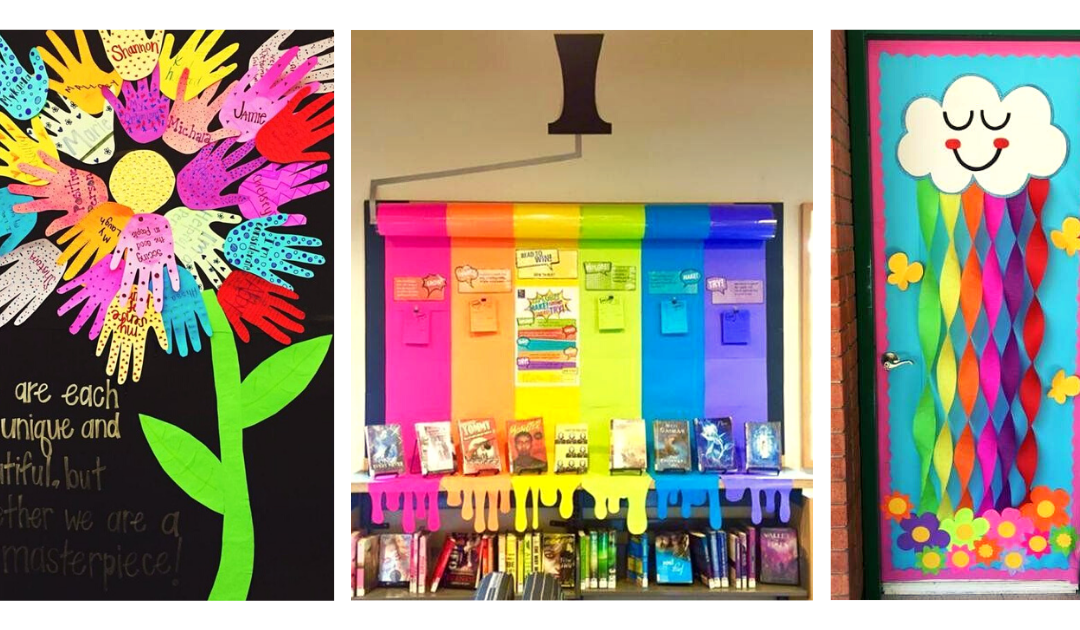
by California Casualty | Educators |
Spring is on the horizon, and that means it’s time to brighten up your classroom!
What better way to ring in the new season than with some bright bulletin boards? Here are some examples to try in your classroom!
1. All The Colors of Me

2. Look Who’s Blooming
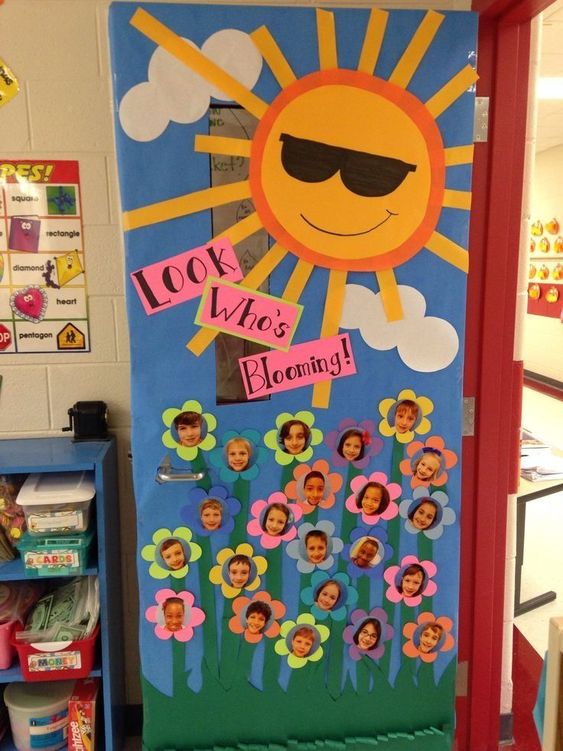
3. Soaring Into Spring
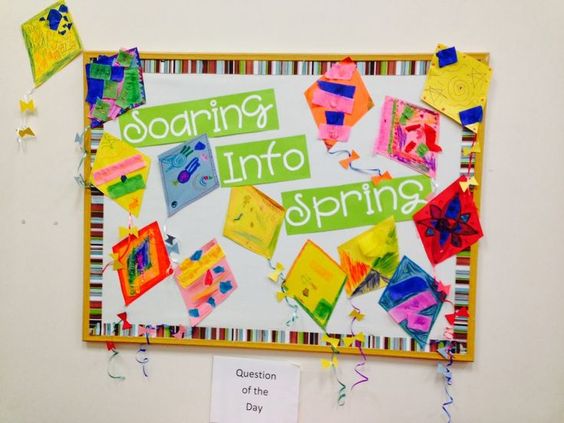
4. Raining Rainbows

5. Young Minds Bloom Inside This Room

6. You Are Worth More Than Gold
7. Be the Rainbow
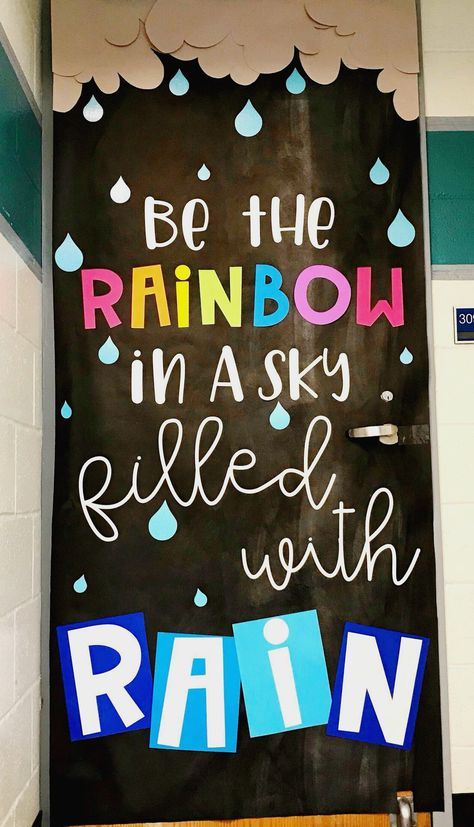
8. Helping People Grow
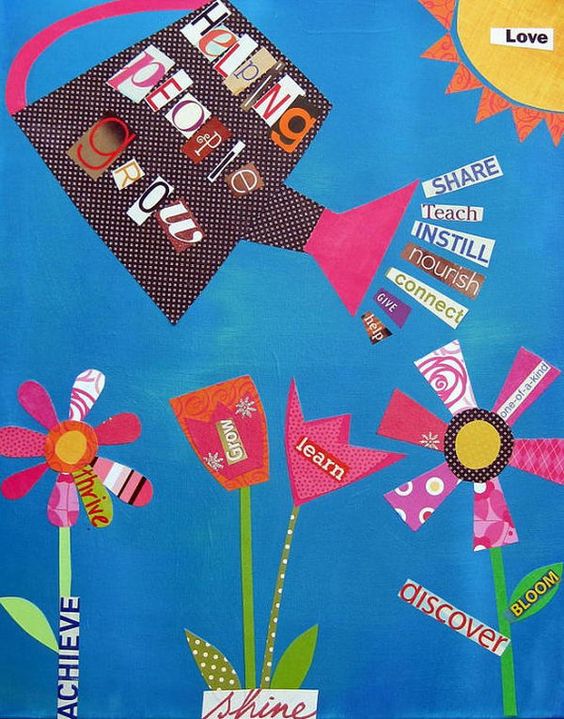
9. Chillin with my Peeps

10. I’m So Lucky to Have You

11. Reading Helps Your Mind Bloom
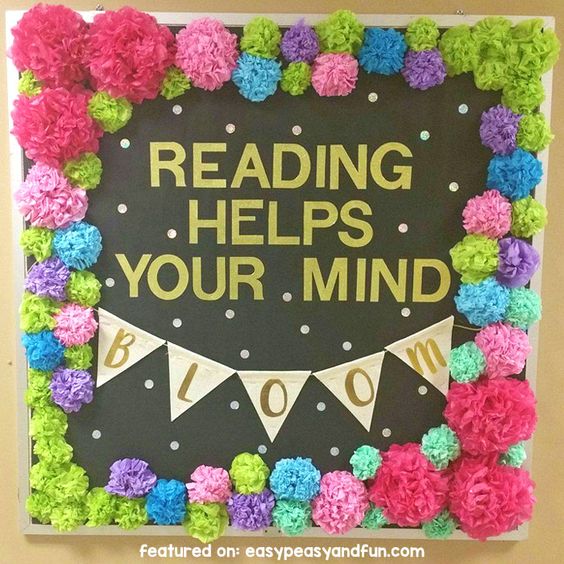
12. BEE Amazing

13. Spring is in the Air

14. We’re Buggin’ for Spring
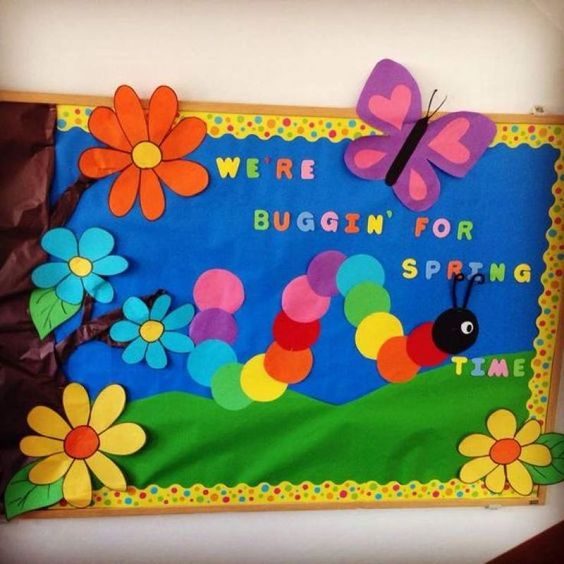
15. A Painted Rainbow

16. We Are Each Unique & Beautiful
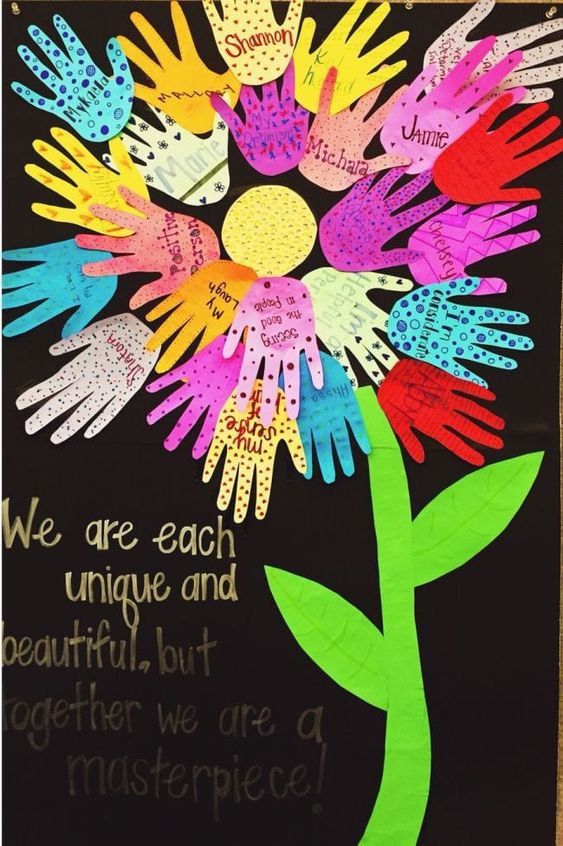
17. Be a Rainbow
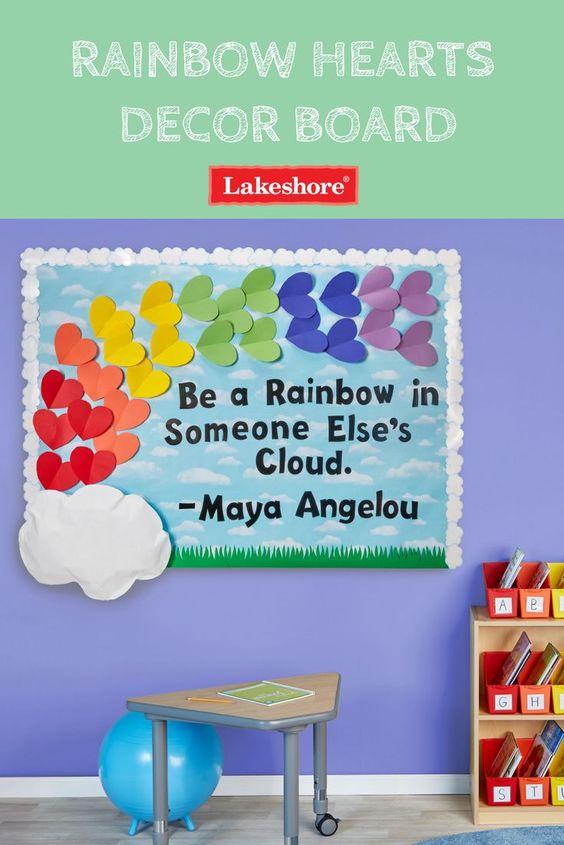
For more Spring Bulletin Boards and ideas to Brighten Up Your Classroom visit our “Teachers: Brighten Up Your Classroom for Spring!” board on Pinterest!
Don’t forget to give us a follow at California Casualty to stay up to date on every new kindness idea we discover! Scan our Pincode with your Pinterest camera to follow:

This article is furnished by California Casualty, providing auto and home insurance to educators, law enforcement officers, firefighters, and nurses. California Casualty does not own any of the photos in this post, all are sources by to their original owners. Get a quote at 1.866.704.8614 or www.calcas.com.
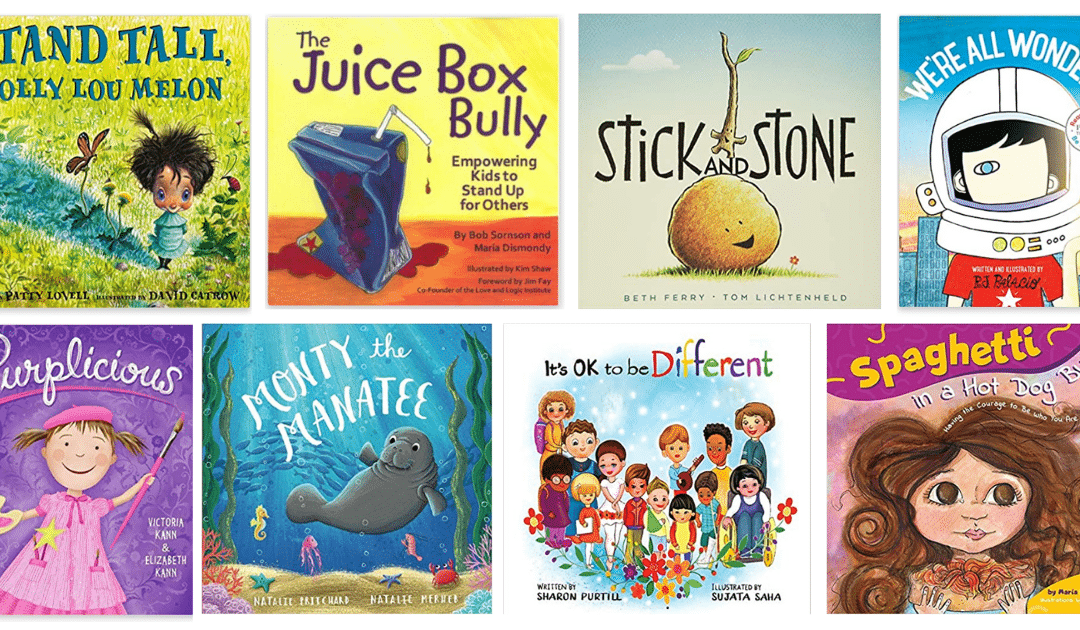
by California Casualty | Educators |
Help your youngsters better understand what a bully is, bullying tactics, and how to prevent them by reading books that focus on empathy, inclusion, kindness, conflict resolution, and confidence.
Here are our favorite anti-bullying books that are perfect for kids in Pre-K through early elementary school.
1. Stand Tall Molly Lou Melon
Be yourself like Molly Lou Melon no matter what a bully may do. Molly Lou Melon is short and clumsy, has buck teeth, and has a voice that sounds like a bullfrog being squeezed by a boa constrictor. She doesn’t mind. Her grandmother has always told her to walk proud, smile big, and sing loud, and she takes that advice to heart. But then Molly Lou has to start in a new school. A horrible bully picks on her on the very first day, but Molly Lou Melon knows just what to do about that.
2. We’re All Wonders
Countless fans have asked R. J. Palacio to write a book for younger readers. Palacio shows readers what it’s like to live in Auggie’s world—a world in which he feels like any other kid but is not always seen that way. We’re All Wonders may be Auggie’s story, but it taps into every child’s longing to belong, and to be seen for who they truly are. It’s the perfect way for families and educators to talk about empathy and kindness with young children.
3. The Juice Box Bully
Have you ever seen a bully in action and done nothing about it? The kids at Pete’s new school get involved, instead of being bystanders. When Pete begins to behave badly, his classmates teach him about “The Promise”. Will Pete decide to shed his bullying habits and make “The Promise”?
4. Kindness Starts With You
Follow Maddy through her day at school, where your child will learn how easy it can be to spread kindness. From taking turns on the swing to including everyone in the game – this storybook shows that no act of kindness, no matter how small, is ever wasted! A lightbulb lesson of kindness is found on each page!
5. Stick and Stone
When Stick rescues Stone from a prickly situation with a Pinecone, the pair becomes fast friends. But when Stick gets stuck, can Stone return the favor? Author Beth Ferry makes a memorable debut with a warm, rhyming text that includes a subtle anti-bullying message even the youngest reader will understand. In this funny story about kindness and friendship, Stick and Stone join George and Martha, Frog and Toad, and Elephant and Piggie, as some of the best friend duos in children’s literature.

6. Chrysanthemum
Chrysanthemum is a funny and honest school story about teasing, self-esteem, and acceptance to share all year round. Chrysanthemum thinks her name is absolutely perfect—until her first day of school. “You’re named after a flower!” teases Victoria. “Let’s smell her,” says Jo. Chrysanthemum wilts. What will it take to make her blossom again? Chrysanthemum is a classic that gets children thinking about and bonding with their own names and the names of everyone else in the class, and it’s the perfect vehicle for starting a discussion about treating classmates with tolerance, kindness, and compassion.
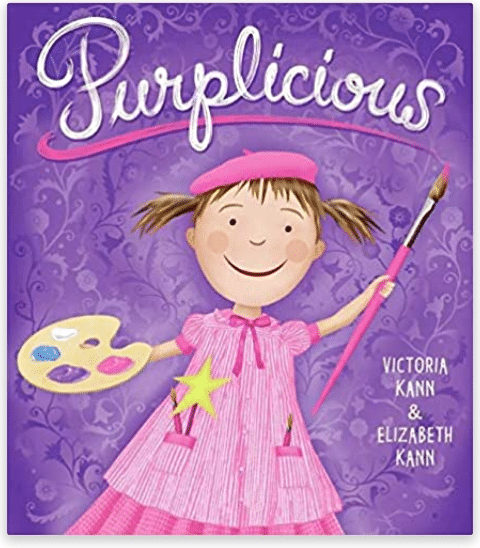
7. Purplicious
In this follow-up to the New York Times bestselling Pinkalicious, a young girl remains true to herself and discovers that pink isn’t only a pretty color, but also a powerful one. While everyone knows Pinkalicious’s favorite color is pink, the bullies at her new school don’t agree. All the girls are wearing black, painting in black, and making fun of Pinkalicious for loving pink. “Pink is for babies and stinks!” they tell her. Pinkalicious feels left out until she learns that pink can be a powerful color, and that the most important thing is to be yourself.
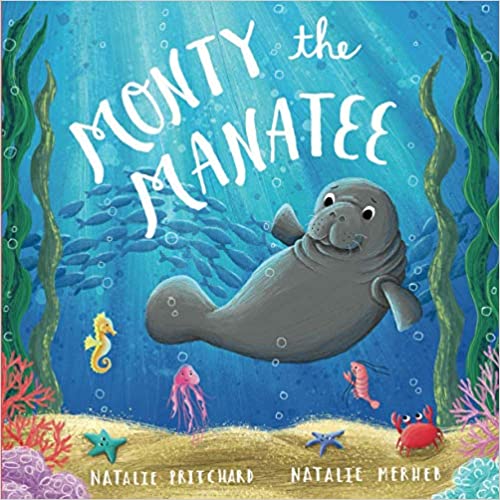
8. Monty the Manatee
Meet Monty. He’s a big creature with an even bigger heart. Monty’s nervous because it’s his first day at Sea School. He tries to make new friends but the other sea creatures think he’s a bit slow and strange….so they’re mean to him and call him names! When a dangerous predator invades the classroom and threatens to eat them all for his supper, Monty comes up with a plan. Is he brave or clever enough to save them all? The other creatures don’t think he is.
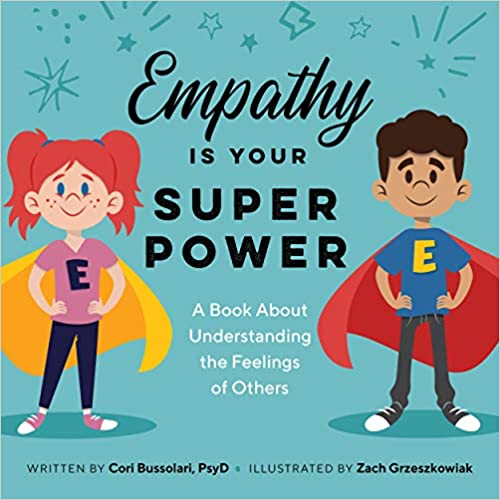
9. Empathy is Your Super Power
Learning to understand and care about the feelings of others is one of the most important steps in a child’s development―and it’s never too early to help little ones build those skills. This beautifully illustrated storybook teaches young kids how to recognize and practice empathy through simple real-life scenarios that are easy for them to understand. It’s written with clear language for adults to read aloud and features discussion questions and activities that encourage kids to talk about what they learned and use it in their lives.

10. One
Blue is a quiet color. Red’s a hothead who likes to pick on Blue. Yellow, Orange, Green, and Purple don’t like what they see, but what can they do? When no one speaks up, things get out of hand — until One comes along and shows all the colors how to stand up, stand together, and count. As budding young readers learn about numbers, counting, and primary and secondary colors, they also learn about accepting each other’s differences and how it sometimes just takes one voice to make everyone count.
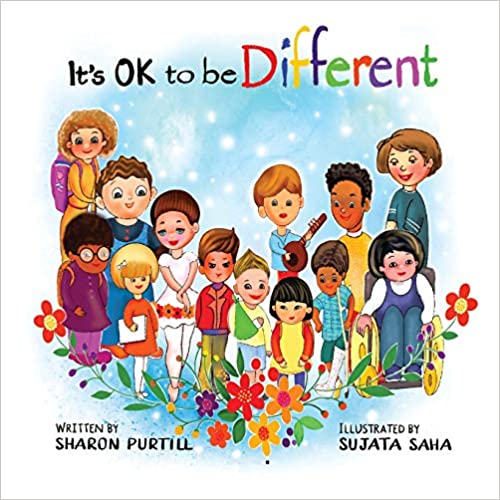
11. It’s OK to be Different
Every Child is Unique! Whether they are big or small, short or tall, like to swim, dance, sing, or bike. Perhaps they have a special need or are from a different ethnic background. Maybe they wear glasses or talk differently. The truth is that all children are different and their individuality should be celebrated, not bullied or shunned. And this inspiring and brightly illustrated rhyming picture book does just that. By highlighting the ways kids are different from one another, it helps children to accept themselves and others as the beautifully unique individuals that they are.
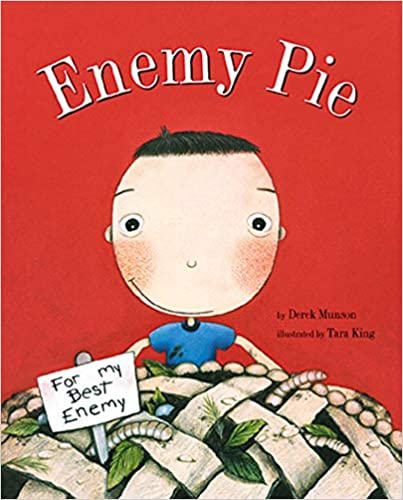
12. Enemy Pie
It was the perfect summer. That is, until Jeremy Ross moved into the house down the street and became neighborhood enemy number one. Luckily Dad had a surefire way to get rid of enemies: Enemy Pie. But part of the secret recipe is spending an entire day playing with the enemy! In this funny yet endearing story, one little boy learns an effective recipe for turning a best enemy into a best friend.
13. The Recess Queen
Mean Jean was Recess Queen and nobody said any different. Nobody swung until Mean Jean swung. Nobody kicked until Mean Jean kicked. Nobody bounced until Mean Jean bounced. If kids ever crossed her, she’d push ’em and smoosh ’emlollapaloosh ’em, hammer ’em, slammer ’emkitz and kajammer ’em. Until a new kid came to school! With her irrepressible spirit, the new girl dethrones the reigning recess bully by becoming her friend in this infectious playground romp.
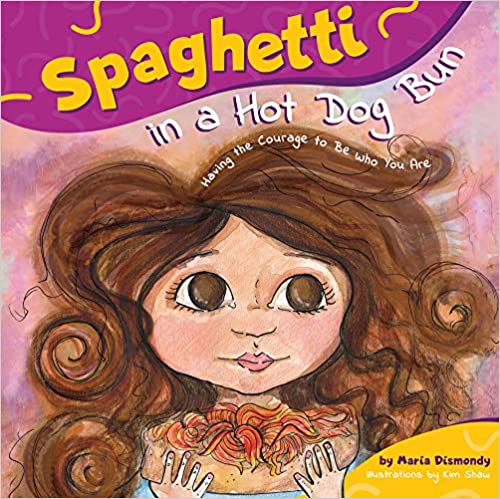
14. Spaghetti in a Hot Dog Bun
Lucy has big hair, eats fun foods and is teased by a boy named Ralph at school because she is different. She tries to be brave but she wishes the teasing would stop. What should I do? she asks herself over and over. Lucy’s Papa Gino reminds her to do the right thing and treat people with kindness. So when Ralph gets stuck on the playground and needs help, will Lucy use this chance to teach Ralph a lesson? Or will she have the courage to be true to herself and make the right choice with an act of kindness?
15. Llama Llama and the Bully Goat
Llama Llama is learning lots of new things at school and making many friends. But when Gilroy Goat starts teasing him and some of their classmates, Llama Llama isn’t sure what to do. And then he remembers what his teacher told him—walk away and tell someone. It works! But then Llama Llama feels badly. Can he and Gilroy try to be friends again?
What are your favorite anti-bullying books for young readers? Tell us in the comments below!
This article is furnished by California Casualty, providing auto and home insurance to educators, law enforcement officers, firefighters, and nurses. Get a quote at 1.866.704.8614 or www.calcas.com.
























